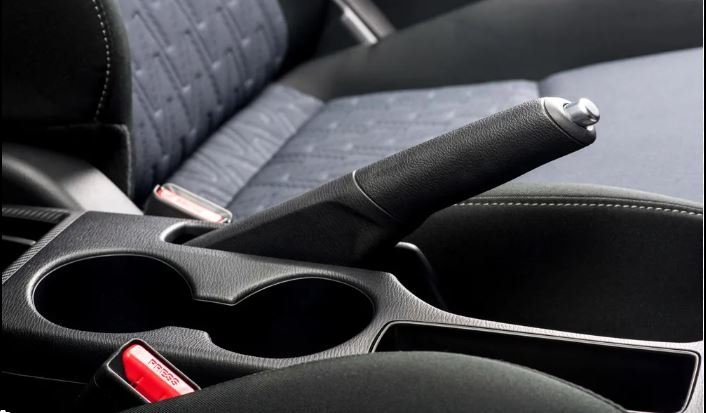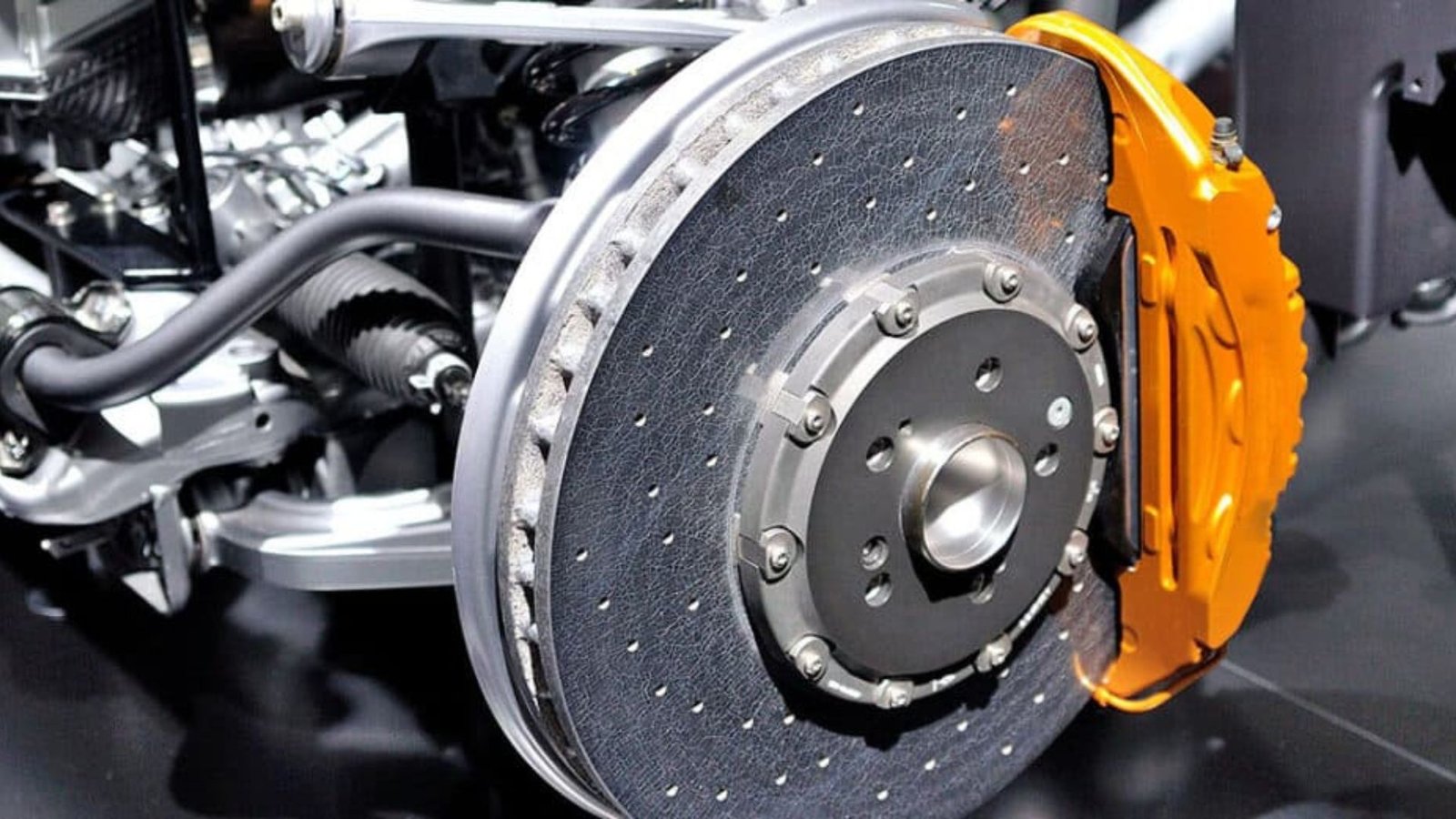The emergency brake uses, also known as the parking brake or handbrake, plays a vital role in ensuring vehicle safety. Unlike the primary braking system, which is used for regular stopping and slowing down, the emergency brake provides additional safety and control in specific situations. Understanding its uses can help you maintain better control of your vehicle in emergencies and everyday situations.

1. Securing Your Vehicle
The primary use of the emergency brake is to secure your vehicle when parked. After shifting your vehicle into park, engaging the emergency brake prevents the car from rolling. This is especially important on inclines or declines, where gravity can cause the vehicle to move if the transmission is not properly engaged.
2. Assisting in Hill Starts
When starting your vehicle on an incline, the emergency brake can assist in preventing rollback. Engage the brake before releasing the regular brake pedal, then slowly release the emergency brake while pressing the gas pedal. This technique helps to maintain control and prevent the vehicle from rolling backward or forward during the transition.
3. Handling Brake Failure
In the event of brake failure, the emergency brake provides a backup method for slowing down and stopping your vehicle. If the primary brakes fail, gently pull the emergency brake lever or press the emergency brake pedal to gradually decelerate. Avoid sudden or forceful application, as this can cause the wheels to lock up and lead to skidding.
4. Stopping on a Slippery Surface
On slippery surfaces, such as ice or snow, the emergency brake can be used to aid in stopping the vehicle. Apply the emergency brake slowly and gently to avoid skidding. This method helps maintain control and stability when the regular brakes might be less effective due to the slippery conditions.
5. Parking on Inclines
When parking on steep inclines, always use the emergency brake in conjunction with the vehicle’s transmission. Engaging the emergency brake prevents the vehicle from rolling and provides added security, reducing the risk of accidents or damage when parked on a slope.
6. Enhancing Control During Off-Roading
For off-roading adventures, the emergency brake can help enhance control and stability. When navigating steep trails or uneven terrain, using the emergency brake can provide additional traction and assist in managing descent speeds. It also helps maintain control when maneuvering in challenging off-road conditions.
7. Preventing Rollaway Incidents
Rollaway incidents occur when a vehicle moves unintentionally while parked. Engaging the emergency brake helps prevent rollaways by locking the rear wheels. Always set the emergency brake before exiting your vehicle to ensure it remains stationary, especially on inclines or uneven surfaces.
8. During Emergency Stops
In emergency situations where the regular brakes are compromised, the emergency brake can serve as a last resort for bringing the vehicle to a stop. Pull the emergency brake lever or pedal gently to slow down, avoiding sudden movements that could lead to loss of control.
9. Assisting in Towing Situations
When towing a vehicle, the emergency brake can be used to secure the towed vehicle. Engaging the emergency brake on the towed vehicle helps prevent unwanted movement and ensures it remains stationary during the towing process.
10. Maintaining Brake System Health
Regularly engaging the emergency brake helps keep the mechanism in good working condition. This practice prevents rust and seizing, ensuring that the emergency brake remains functional when needed. Periodic use also helps identify any issues with the emergency brake system before they become critical.
Conclusion
The emergency brake is an essential component of vehicle safety and control. Understanding its various uses, from securing your vehicle to assisting in emergency situations, can help you use it effectively. Regular maintenance and proper engagement of the emergency brake ensure that it remains a reliable backup for your primary braking system, providing added security and control when needed.




